pagoda
What is a Pagoda: The Ultimate Deep Dive

Savannah Walker
Posted on February 05, 2024
Share:
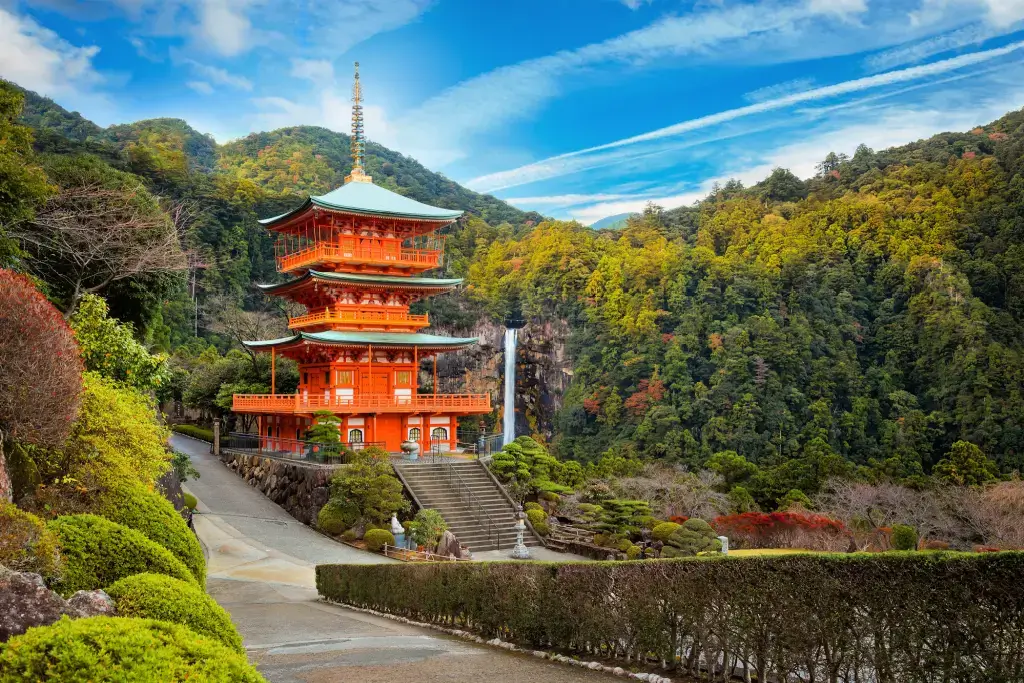
The pagodas in Japan’s ancient landscapes are towering structures. They rise mystically with tiered roofs reaching toward the heavens. The first pagoda was built in Japan a long time ago. We’ll unravel the mysteries and significance of these towering structures. Moreover, we’ll trace their evolution from their origins to the towering spires that grace the Japanese skyline.
What is a pagoda?
The pagoda is undoubtedly nestled within Japanese culture. because its distinctive tiered structure characterizes it. Not to mention, it gracefully ascends with each tier. The intricate details reflect the artistry of the regions it represents.
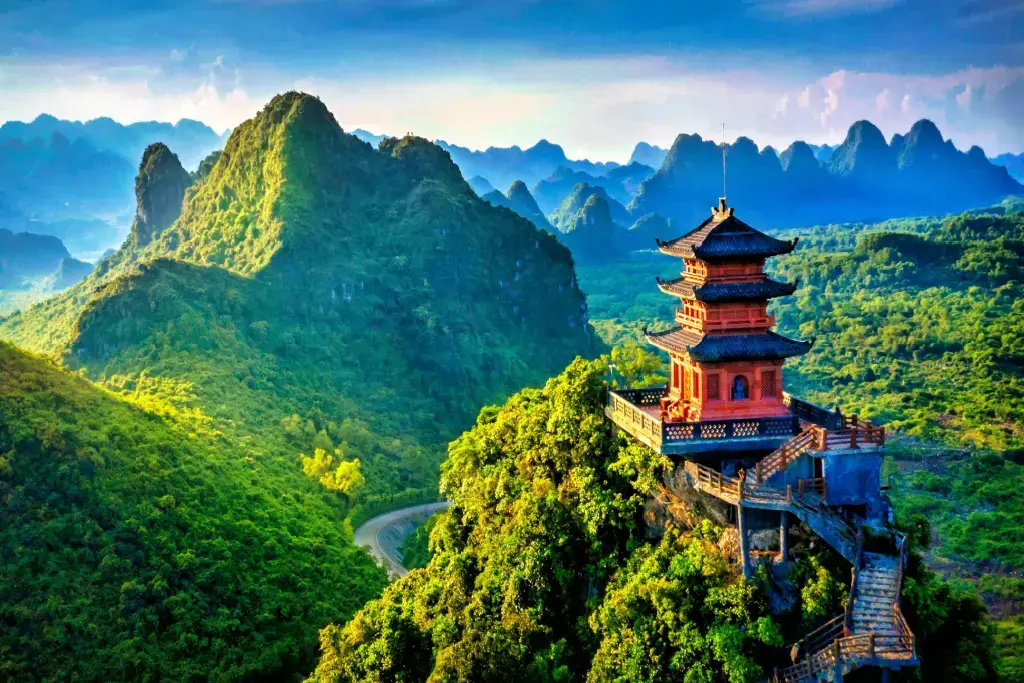
In addition to its religious connotations, the structure is a testament to craftsmanship and aesthetic sensibilities. This is because the cultures show a harmonious blend of tradition, art, and spiritual reverence. Whether as a place of worship, a symbol of cultural heritage, or a picturesque attraction.
How did they arrive in Japan?
The journey of the pagodas to Japan is a tale woven into the fabric of Buddhism’s spread across Asia. Originating in ancient India, the structure reached Japan during the 7th century through the Korean Peninsula, carried by Buddhist teachings and cultural exchange currents.

As Buddhism took root in Japan, the structure became integral to the country’s religious and architectural heritage. Its arrival marked a pivotal moment, shaping not only the architectural landscape but also the spiritual and religious practices of the land.
Why is the pagoda important?
Pagodas hold profound spiritual significance within Japanese Buddhism, because they serve as sacred repositories for relics and scriptures. Each tier of the structure represents a stage of ascension. It guides practitioners on their spiritual journey. The structure invites contemplation of life’s profound mysteries. Additionally, it encourages a meditative exploration of one’s spiritual journey.
Beyond their external elegance, the pagodas serve as conduits to a realm where seekers can transcend daily complexities. Generally, these people find solace and inspiration within the hallowed spaces. The pagodas represent stages of spiritual growth. They offer a tangible connection to the spiritual realms. They foster a sense of inner peace and enlightenment.
Are you looking for delicious snacks to enjoy while traveling to a pagoda? Check out Sakuraco! Sakuraco delivers traditional Japanese snacks, teas, sweets, and snacks from local Japanese makers directly to your door so you can enjoy the latest treats directly from Japan!
What is the oldest pagoda?
Japan has various pagodas, each with unique charm and historical significance. Hokki-ji, often called the “Sangatsu-dō,” is significant in Japan’s religious and architectural history. Hokki-ji was constructed during the Asuka period (593-710 CE). For that reason, it stands as one of the oldest wooden buildings in Japan. It’s a testament to the ingenuity and craftsmanship of its builders. The temple’s architectural style is characterized by its simple yet elegant design. It reflects the aesthetic preferences of early Japanese Buddhism. Moreover, the design emphasizes harmony with nature and the surrounding landscape.

Hokki-ji, nestled amid serene surroundings, exemplifies the simplicity and elegance of early architecture. The three stories, each slightly smaller than the one beneath, form a harmonious ascent towards the heavens. Hokki-ji’s historical significance extends beyond its architectural beauty because the temple houses several critical cultural artifacts, including a bronze Buddha statue called the “Shaka Triad” and a collection of ancient sutras.
What is the most unique one in Japan?
Anraku-ji, nestled amidst the picturesque landscapes of Nagano Prefecture, is a testament to Japan’s architectural diversity and cultural exchange. This ancient temple, dating back to the Heian period (794-1185 CE), boasts a unique fusion of architectural styles, blending Japanese and Tibetan design elements into a harmonious whole. Surrounded by towering mountains and lush forests, Anraku-ji also exudes an air of tranquility and mystique, drawing visitors from far and wide to its sacred precincts.
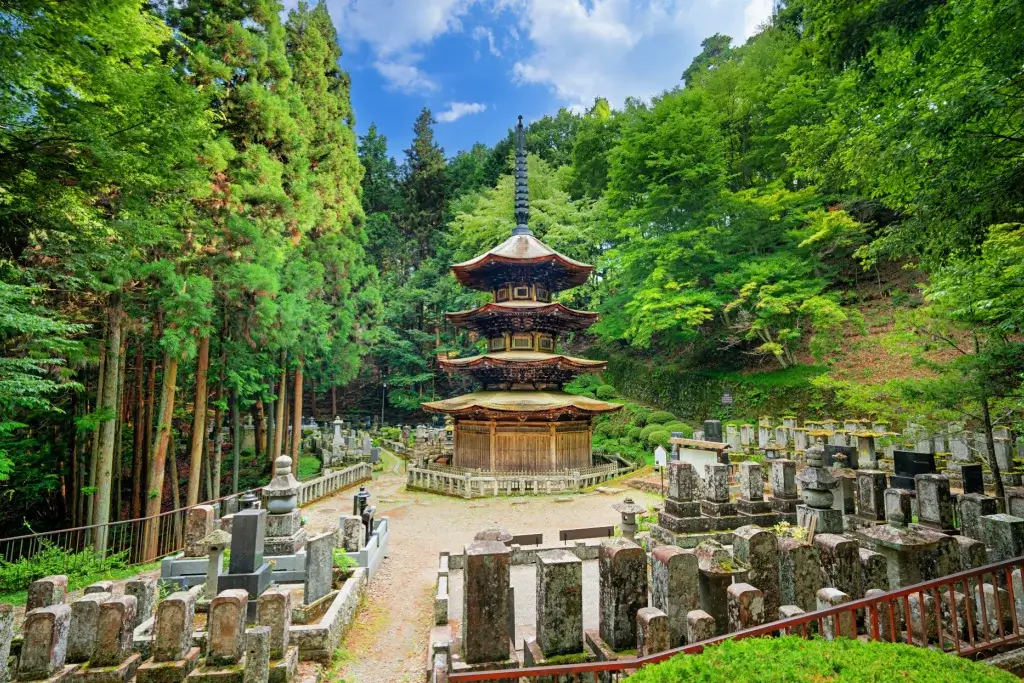
All in all, the temple’s distinctive features reflect its rich historical legacy and spiritual significance. Anraku-ji’s main hall showcases the craftsmanship and attention to detail that define Japanese temple architecture. However, the subtle hints of Tibetan influence set Anraku-ji apart, from the colorful prayer flags fluttering in the breeze to the intricate mandalas adorning the temple’s interior.
What is the tallest in Japan?
Reaching towards the heavens, Hannya-ji in Nara stands as the tallest in Japan. Rising to a majestic height, it is six stories, a marvel of engineering, and a canvas for nature’s beauty. Each tier of the pagoda, meticulously crafted and adorned with intricate carvings, bears witness to the skill and artistry of Japan’s master craftsmen from afar; it appears to pierce the sky, its elegant silhouette against the backdrop of cherry blossoms and vibrant cosmos flowers also creates a scene of ethereal beauty.
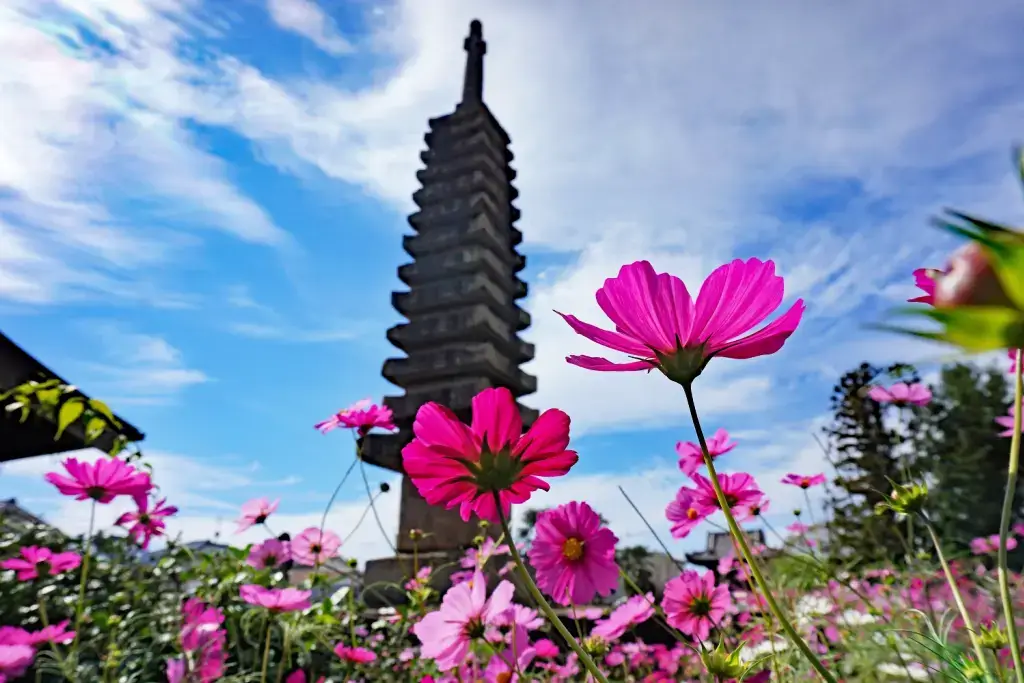
Hannya-ji, surrounded by a sea of cosmos flowers, embodies elegance. With its fine details, the tiered structure becomes a focal point of spiritual contemplation. Therefore, Hannya-ji is a testament to the symbiotic relationship between architectural grandeur and the natural world, where the flowers mirror the grace of the towering structure.
What makes them so unique?
Overall pagodas, with their soaring spires and intricate details, holds a unique place in the hearts of the Japanese people. Their special allure also lies in the seamless architectural grandeur and spirituality blend. As symbols of enlightenment, they invite contemplation and provide a sanctuary for those seeking solace amid life’s complexities. Have you had the opportunity to visit a pagoda in Japan? Leave a comment below, and let’s continue this conversation beneath the tiered roofs of Japan’s iconic structures.

Discover authentic flavors with Sakuraco
Get Sakuraco 

Discover authentic flavors with Sakuraco
Get Sakuraco 
Related Articles

Japanese Calendar: What Are Microseasons?
The Japanese calendar includes many beautiful events, some popular globally and others less known. Kō (microseasons) were once celebrated but replaced by Western seasons
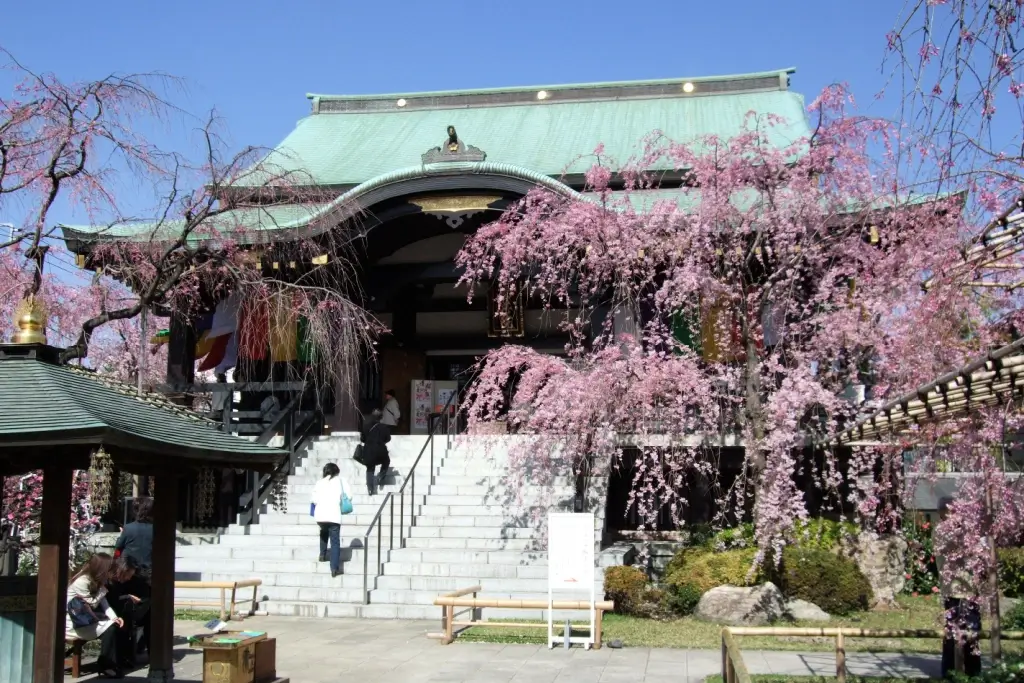
Japanese Castles and More Wonderful Sights in Itabashi!
Japanese castles are reminders of Japan’s history and beautiful examples of the country’s architecture. Let’s check out Itabashi, which is home to some castle ruins.
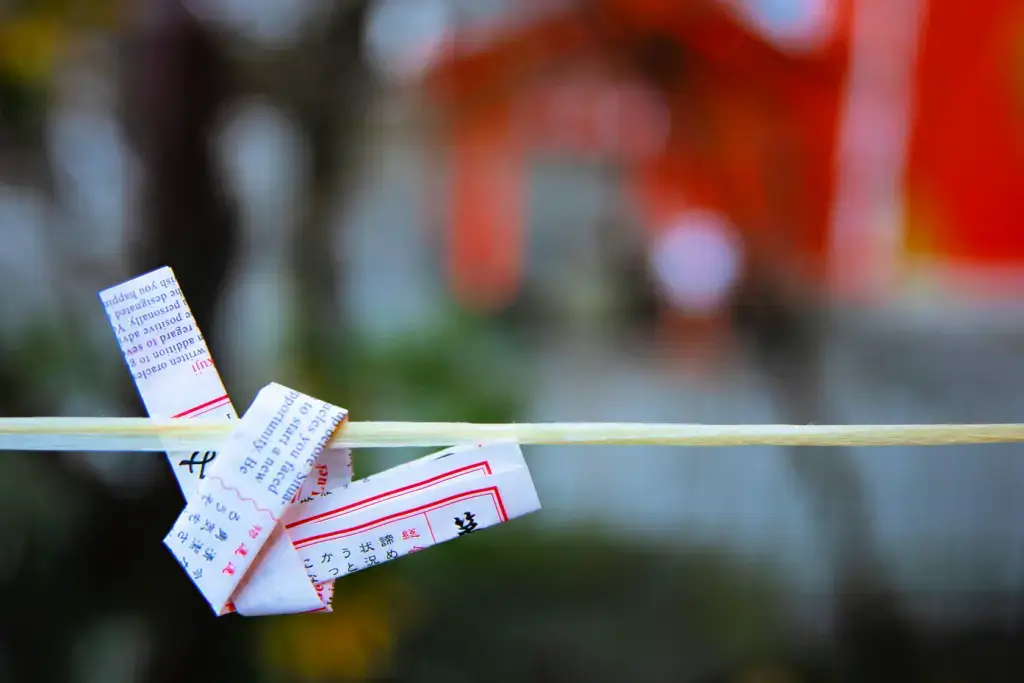
Omikuji: The New Year’s Fortune
Omikuji, which means “sacred lot”, is a popular and traditional way to learn about your fortune in Japan. You can find it at Shinto shrines and Buddhist temples nationwide.
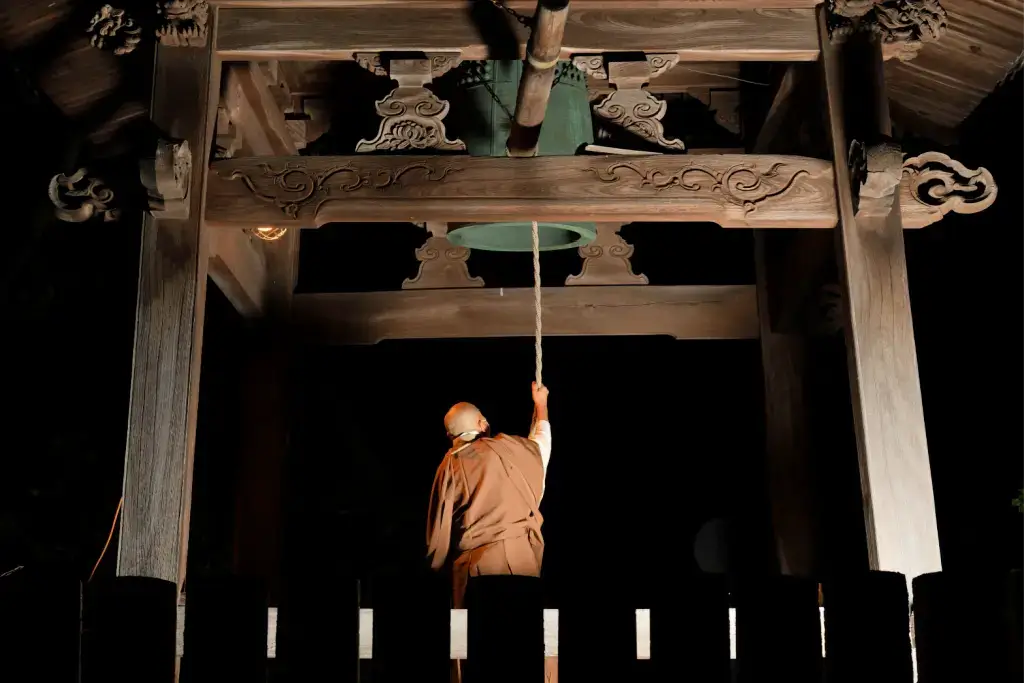
Ring in the New Year: The History of Joya no Kane
Joya no Kane is an important ritual during Japan’s annual Omisoka (New Year’s Eve) celebrations. Japan has practiced this ancient tradition for centuries, carrying a profound Buddhist philosophy.



